July 4 Bird survey
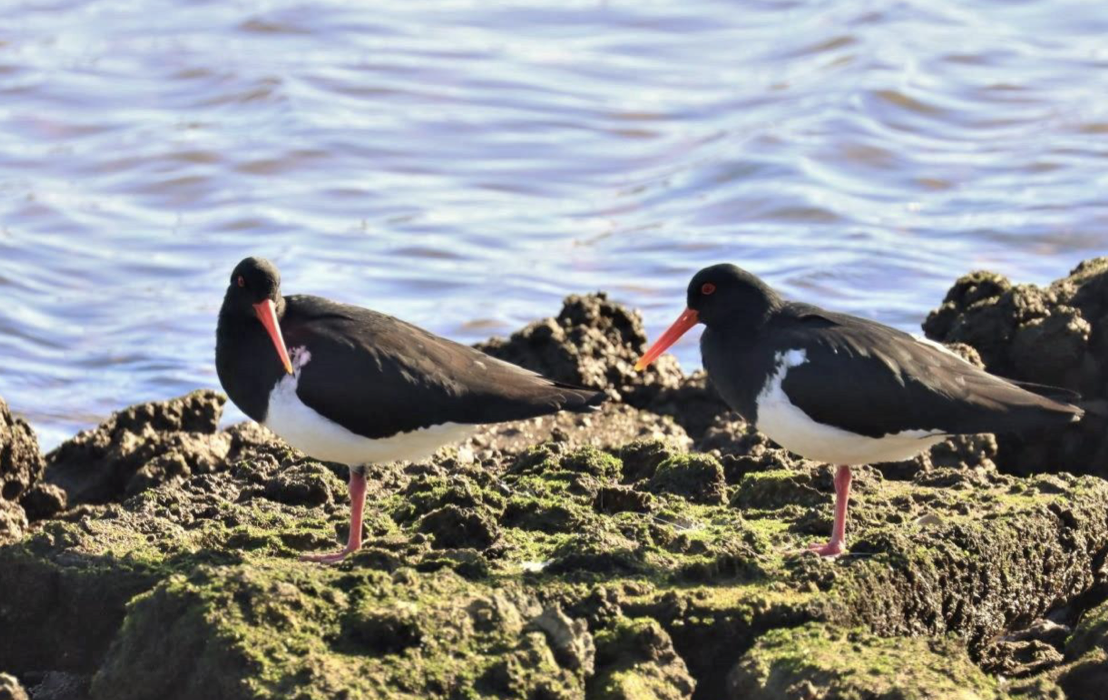
In all, 44 bird species were recorded, including opportunistic sightings. Some highlights were the two Australian Pied Oystercatchers on the edge of the River by Peter Parrington (pictured), the Common Bronzewing pigeon, the Brown Thornbill and a Spiny-cheeked Honeyeater. The native species in the…
May 2 Bird survey
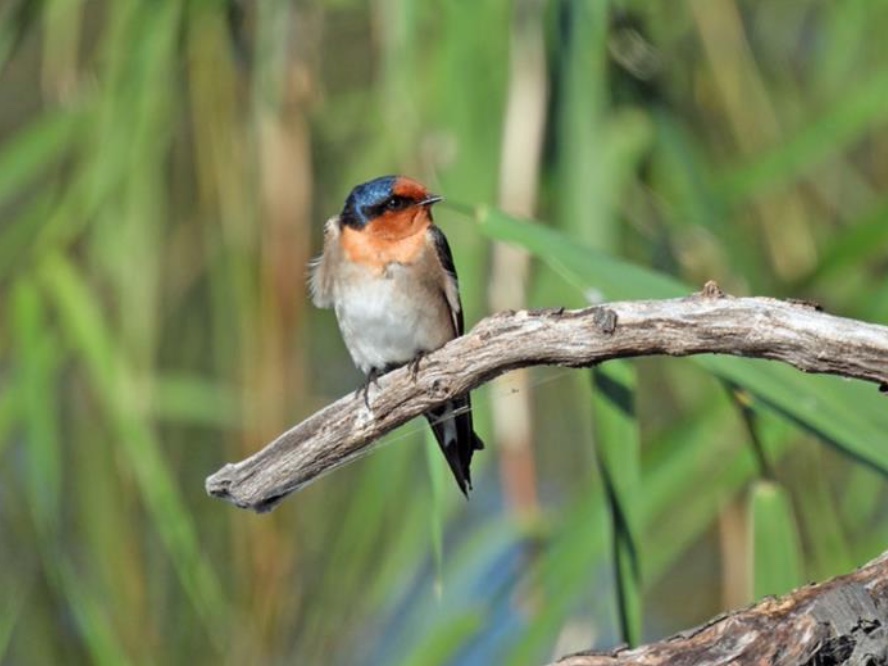
There were two notable sightings in the park over the past month as well as many familiar species. Habitat on land and water in the park is in good condition. The various species of mistletoe that have been introduced over the last two years…
4 April Bird survey
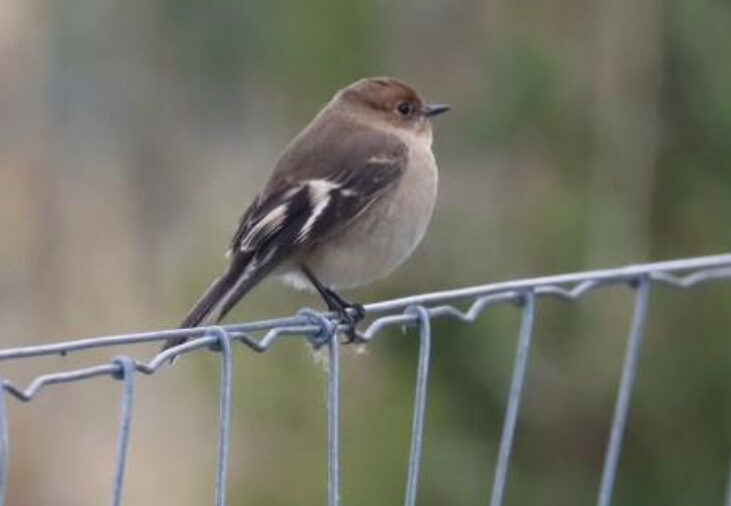
Highlights of the April survey were the high number of Grey Fantails – possibly four separate groups. And a sighting of an early visitor in the shape of a female Flame Robin, along the Yarra in the planted shoreline belts. This area is frequently…
7 Mar Bird survey
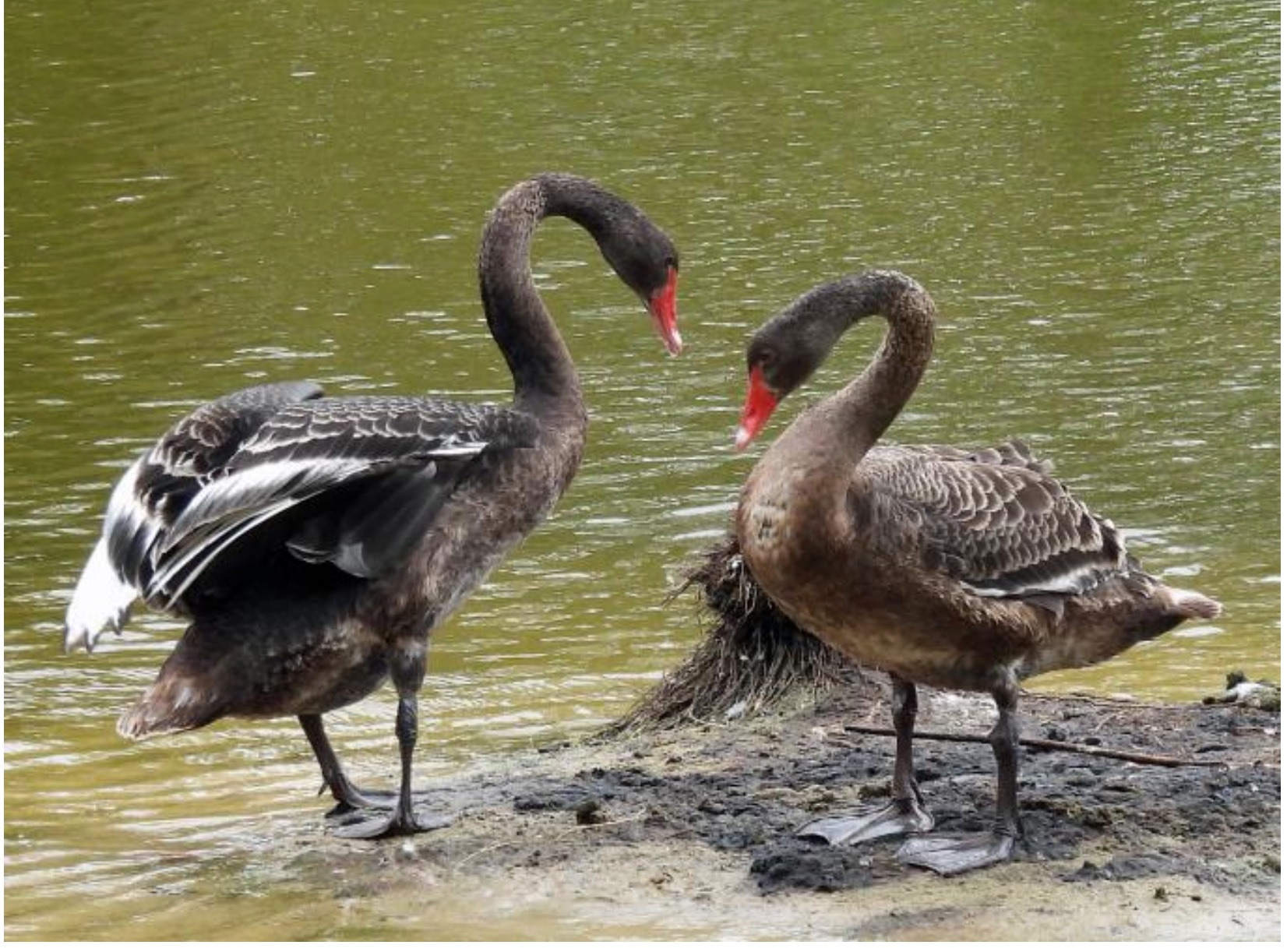
Forty-six bird species were sighted along the Westgate Park survey route on a humid but clear March day. When added to opportunistic sightings between surveys, a total of 64 species were sighted in February and early March. On the day itself, lake levels were…
31 Jan Bird survey
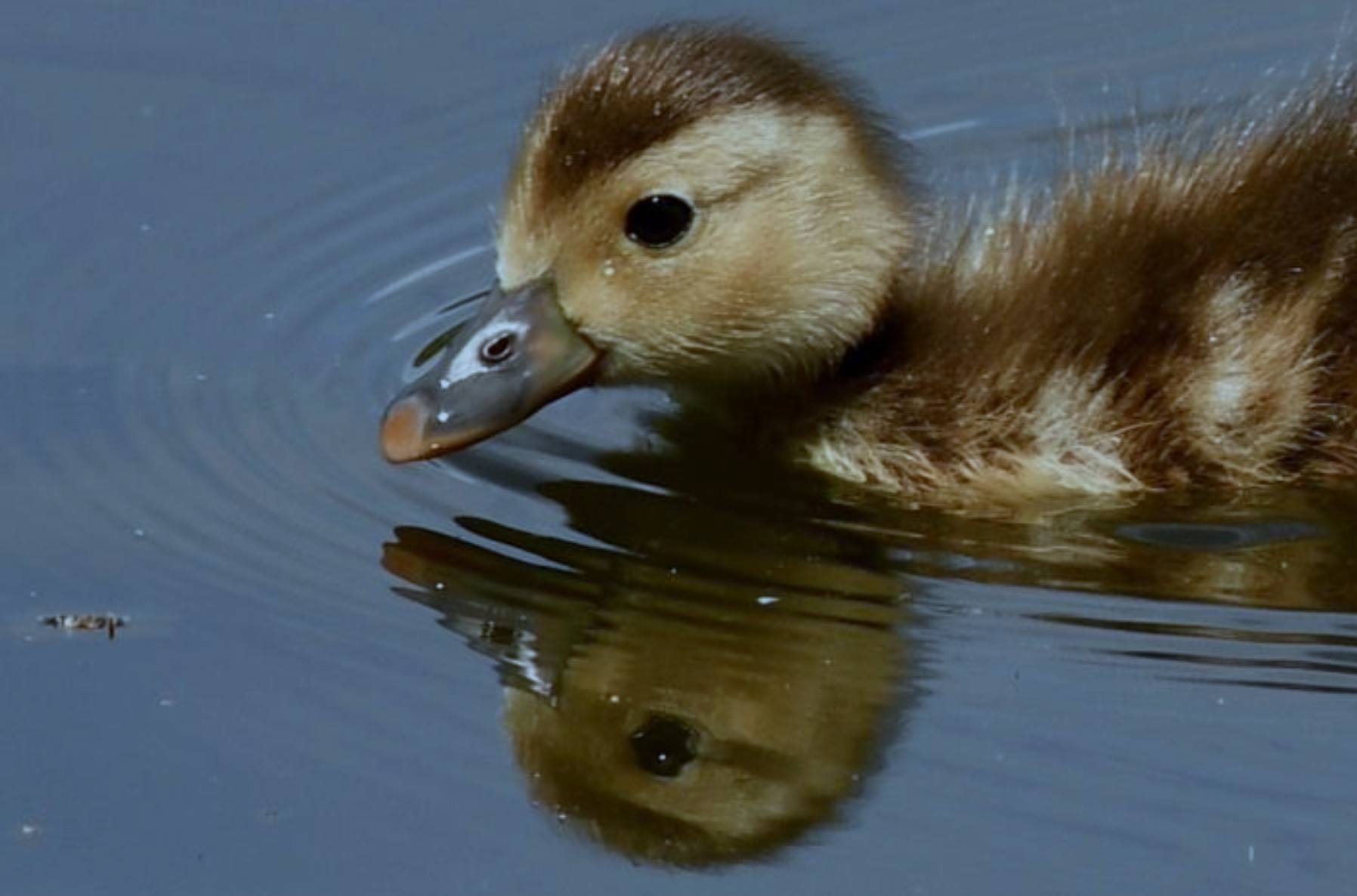
Lake levels are still very high, and the park is a pleasure to explore. Interesting species this month were an Australian Darter, a Brown Quail and a Budgerigar, the first for the park and apparently a wild bird rather than an aviary escapee, which…
Bird survey 10 Jan
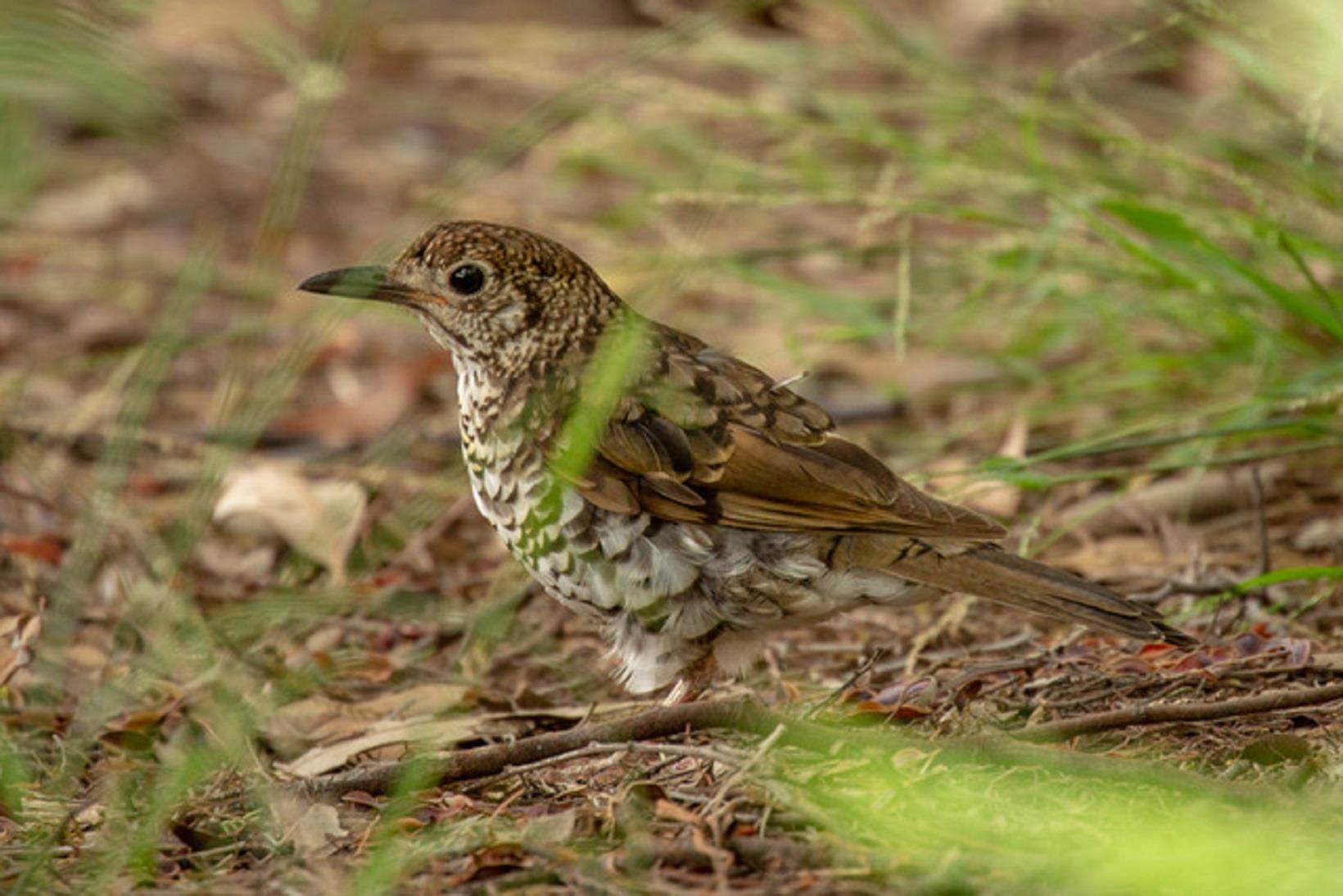
Doubtless the hot weather contributed to lower bird numbers in this survey but nonetheless, 40 species were recorded and 62 Superb Fairy-wren were observed. In the photo bottom left, the Superb Fairy-wren with a dull red colour around the eye is a juvenile or…
Bird survey 6 December
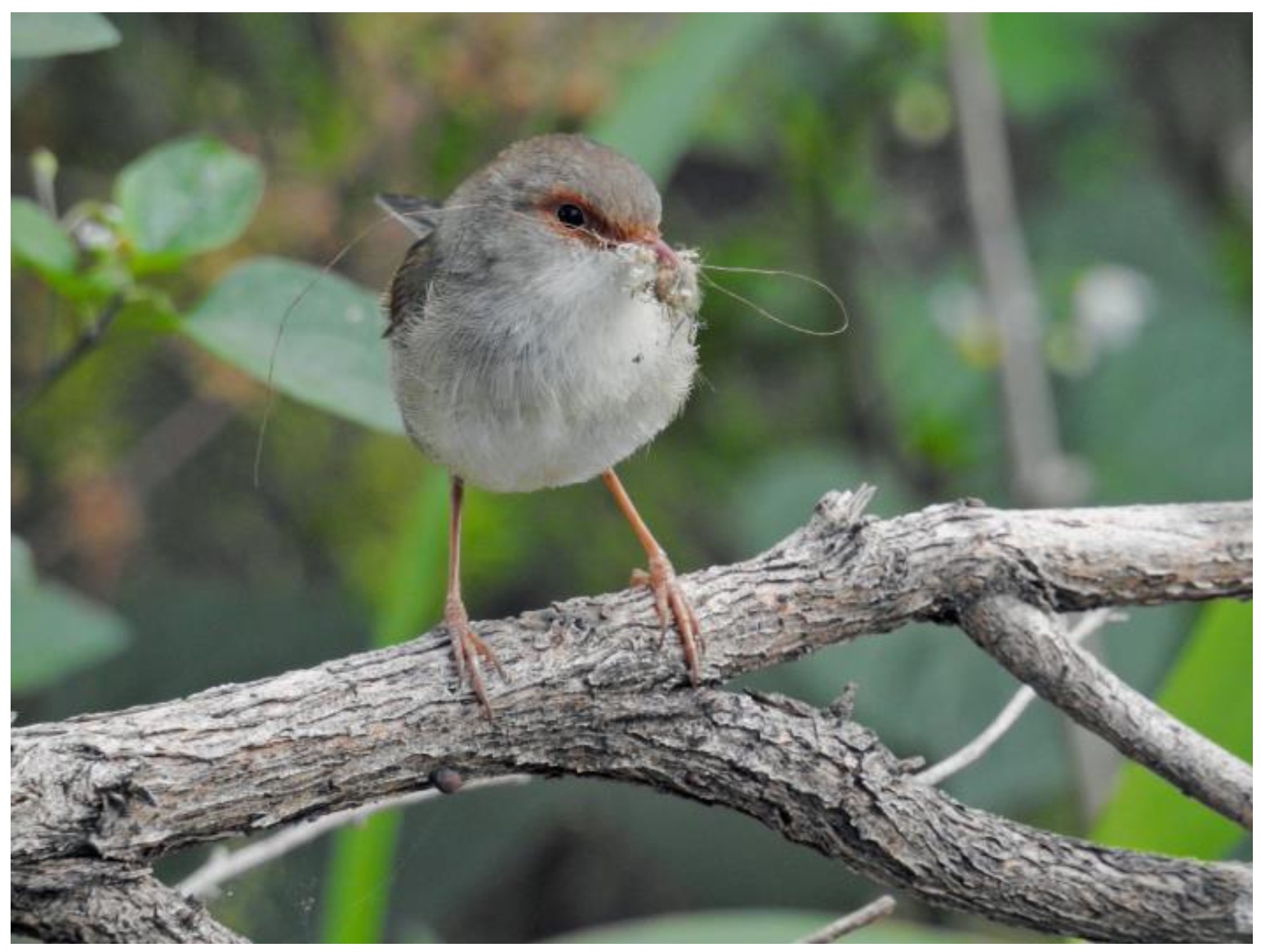
Hot, blustery, and humid weather suppressed a great deal of bird activity, but with good habitat conditions the superb fairy-wrens continue to breed. Overall, however the park looks good with larger trees well recovered from the near-drought conditions that prevailed early in 2021. Weeds…
Bird survey 1 November
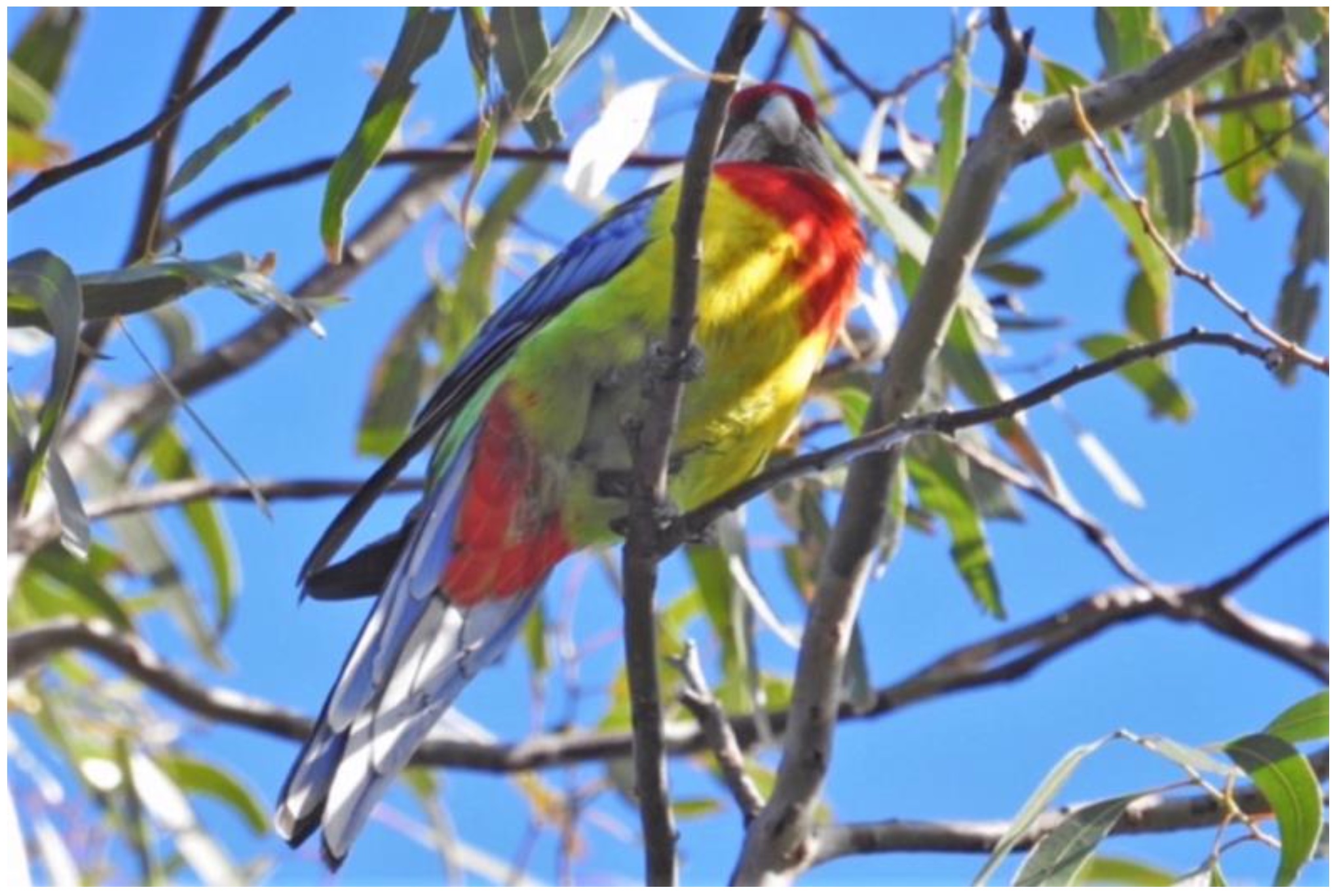
This survey recorded the first eastern rosella seen in the park 2016. Clamorous reed warblers are back in number, and the high number of white-browed scrub-wrens. The water in both major lakes is at very high levels, with almost all the smaller islands in…
Bird Survey 4 October
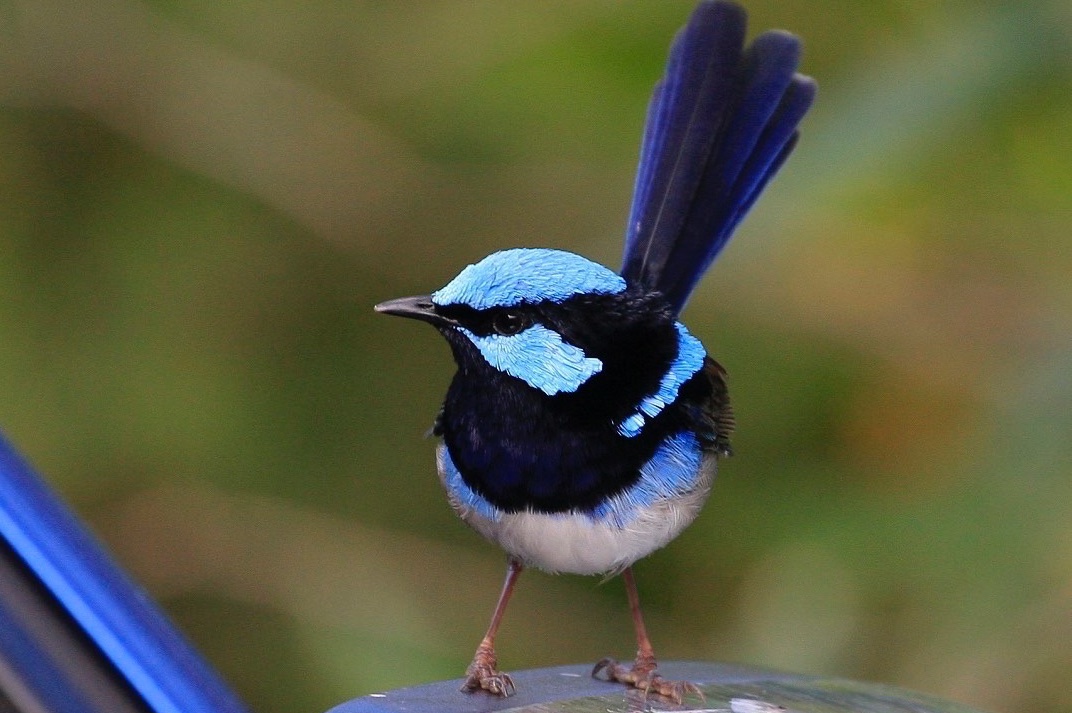
Just in time for the result of the highly competitive Guardian Australia Bird Of The Year poll, comes our October survey featuring not only the deserved winner, the superb fairywren, but also another top-5 finisher, the Galah. The superb fairywren has become one of…
Bird Survey 6 September
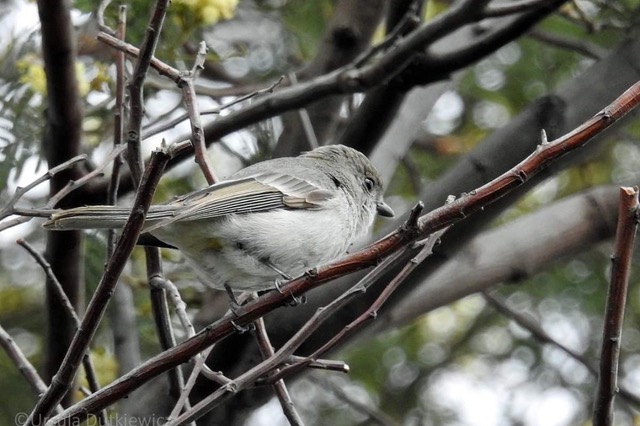
Following regular and substantial rain both major lakes are at high levels not seen for some time. This means several species of water birds have dispersed to some of the many other wetlands in the region. Many passerine species are flourishing and breeding, and…
